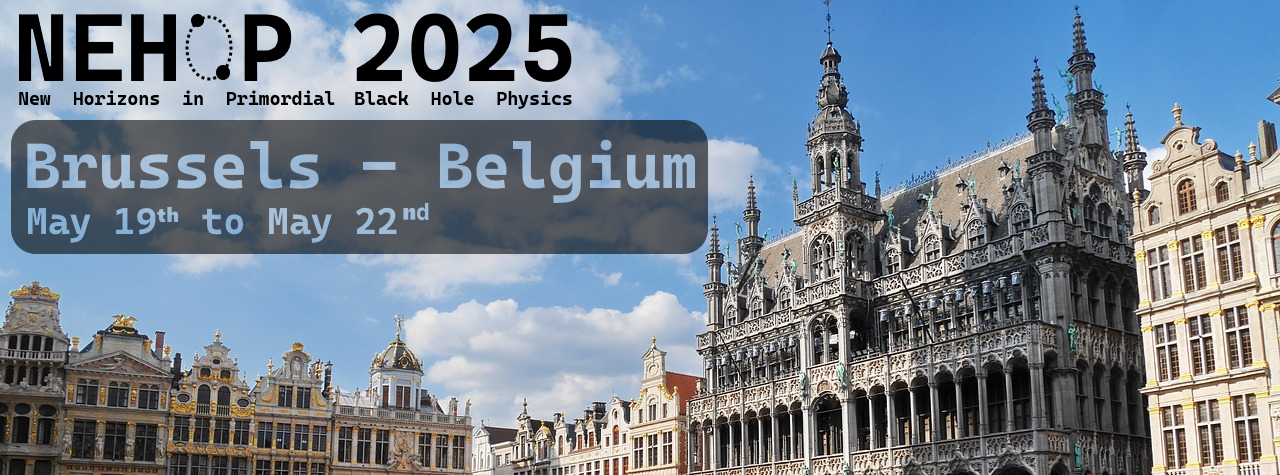Speaker
Description
Observation of an exploding black hole would provide the first direct evidence of primordial black holes, of Hawking radiation, and provide definitive information on the particle spectrum of nature. However, indirect constraints suggest that direct observation of an exploding Schwarzschild black hole is implausible. We introduce a dark-QED toy model consisting of a dark photon and a heavy dark electron. For the first time we show that a population of primordial black holes can become quasi-extremal and significantly weaken the indirect constraints, before the black holes discharge towards the end of their lives and exhibit a Schwarzschild-like final explosion. In this scenario the answer is ``yes'', it is possible that we could directly observe an exploding black hole in the near future.
Motivated by this exciting scenario, we perform analyses with photons and neutrinos to quantify the potential of current and future gamma ray and neutrino telescopes to exclude the presence of new dark particles. We also study how a multi-messenger analysis could improve the previous results.

